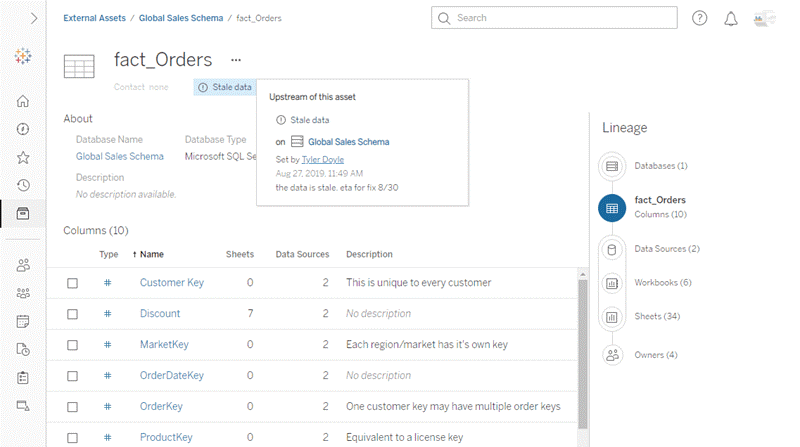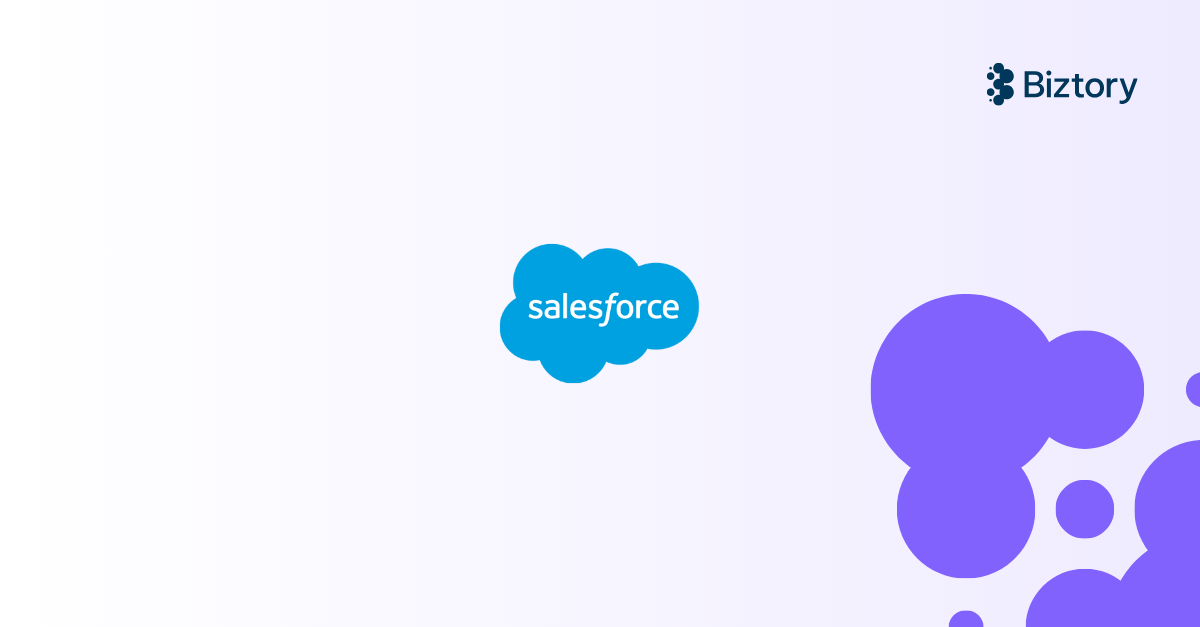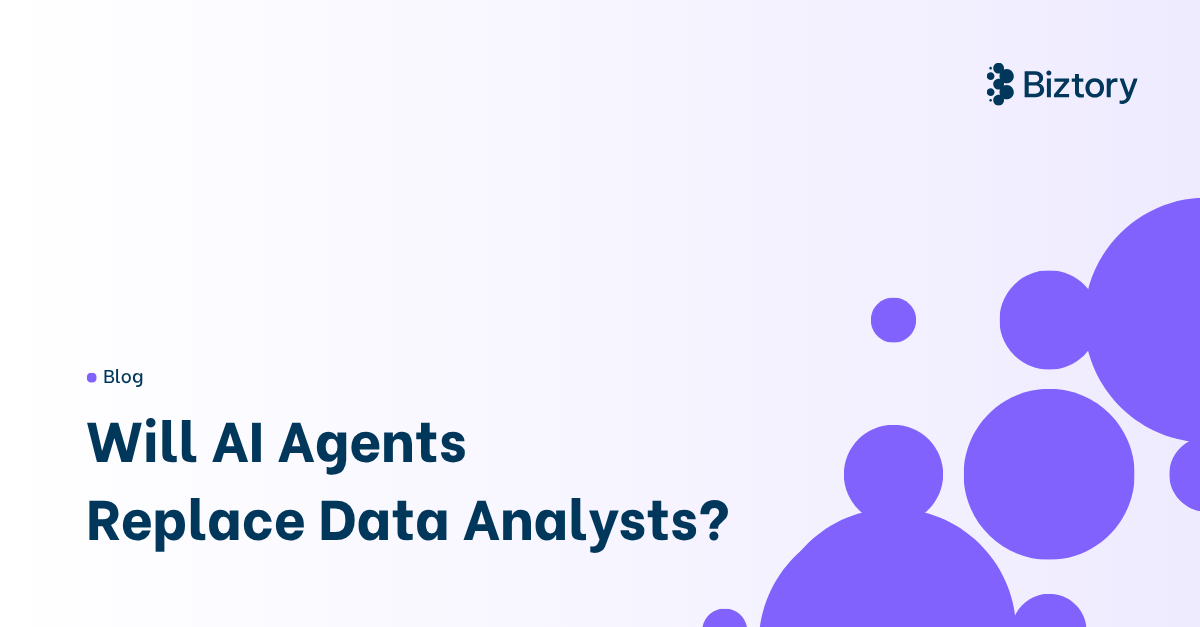2019.3, part 3. A warm welcome to you! Did you make it to our post after reading both part 1 and part 2? Then congratulations! You have officially become a 2019.3 specialist. If you did not read the other posts yet, make sure to have a look whether the topics look interesting to you. For our Belgian friends here: ‘Ahuuuum, Ahuuuum, Ahuuuum, to those who have read all the posts, congratulations! To those who haven’t read the posts, also congratulations!’ (But try though)
In any case, this blog post is, once again, going to be filled with three wonderful perspectives. The Tableau Catalog will be viewed from a Tableau Iron Viz winnerrr’s perspective (Timothy Vermeiren, winner of 2018), by you, the community’s perspective, and by a fresh Tableau newbie’s perspective: me!
Tableau 2019.3 is huge. It has so many features and so much new content, good for both analysts as well as server admins. Tableau has listened to its community and has come up with solutions to questions that have been asked for quite some time. The future looks bright, with steps in exciting directions!
This is the third post in the 2019.3 features series. We did this to make sure you would be able to navigate to the subject of your choice.
- Server administrators are welcome to revisit part 1 (Server Management add-on),
- while analysts would love part 2 (Explain Data).
- Then, in fact, this post is suitable for every Tableau user, so stay tuned for information on Tableau’s newest Tableau Catalog!
Part 3: Tableau Catalog
What is it? Tableau Catalog is part of the data management add-on, together with Tableau Prep Conductor. It pulls in your metadata to have an overview of all your tables, files, databases in one central list while showing statuses (e.g. ‘in maintenance’) to check whether your data is in an optimal qualitative state.
It shows you your data details and possible issues while you are working on your data and it also conducts impact analyses and lets you see the effects of changes. In this way, it facilitates your road to find the data you need and the data you can trust.
The catalog also gives you insights in how your data is flowing through your organization. The data management add-on is available from $5.50 per month per user (time of writing: Oct. ‘19). For a short 1 min explanation video to comprehend all of this, head to Youtube.

3 Tableau Catalog, source: Tableau
What does Timothy think about it? Yes, there are products that already tackle this (Alation, Alteryx), but nevertheless Tableau’s take on the catalog remains important. It offers a much better overview (given that it’s in Tableau, about Tableau), that you don’t have to build yourself anymore, and it is more interactive and intuitive. It shows all your data, from anywhere and on any level, whether we are talking fields, tables, databases, the information is all there.
Furthermore, it is also much more flexible in that the build-up shows nodes and relations, where other products often use a tree structure. Tableau also offers an API where it gives access to all metadata via that API on all levels, and even calculated fields. I remember one use case where it was pretty cool to analyze the content of calculated fields to facilitate the decision between using R or Python.
The only danger is that, since some data catalog products have been around for a while, enterprises will not see this as a new solution.
What do you think about it? This update was not very high on the surprise list, but very useful, nevertheless. This catalog will help the adoption process in businesses as well as offer interesting insights for data management. The question is now whether one should adopt the Tableau Catalog or remain with the other existing products.
What do I think about it? Through the help of some of my colleagues (Biztory really is a wonderful fam), I was able to compare Alteryx, Alation and the Tableau Catalog. Even though I work in the field of Tableau, I do want to choose to be as objective as possible.
What I did find though is that Tableau Catalog just has an immensely easy-to-use interface, and as it is a product from Tableau itself, no other tool will ever be able to provide a deeper integration with your Tableau for showing complete data lineage.
The choice is yours, but it will definitely facilitate your auditing, your governance and your impact analyses.
Thanks for following the 2019.3 series! It was lovely to have you read our posts. Never hesitate to reach out to us. We are happy to help! Toodles.


